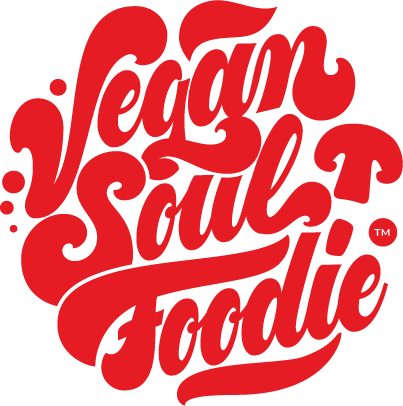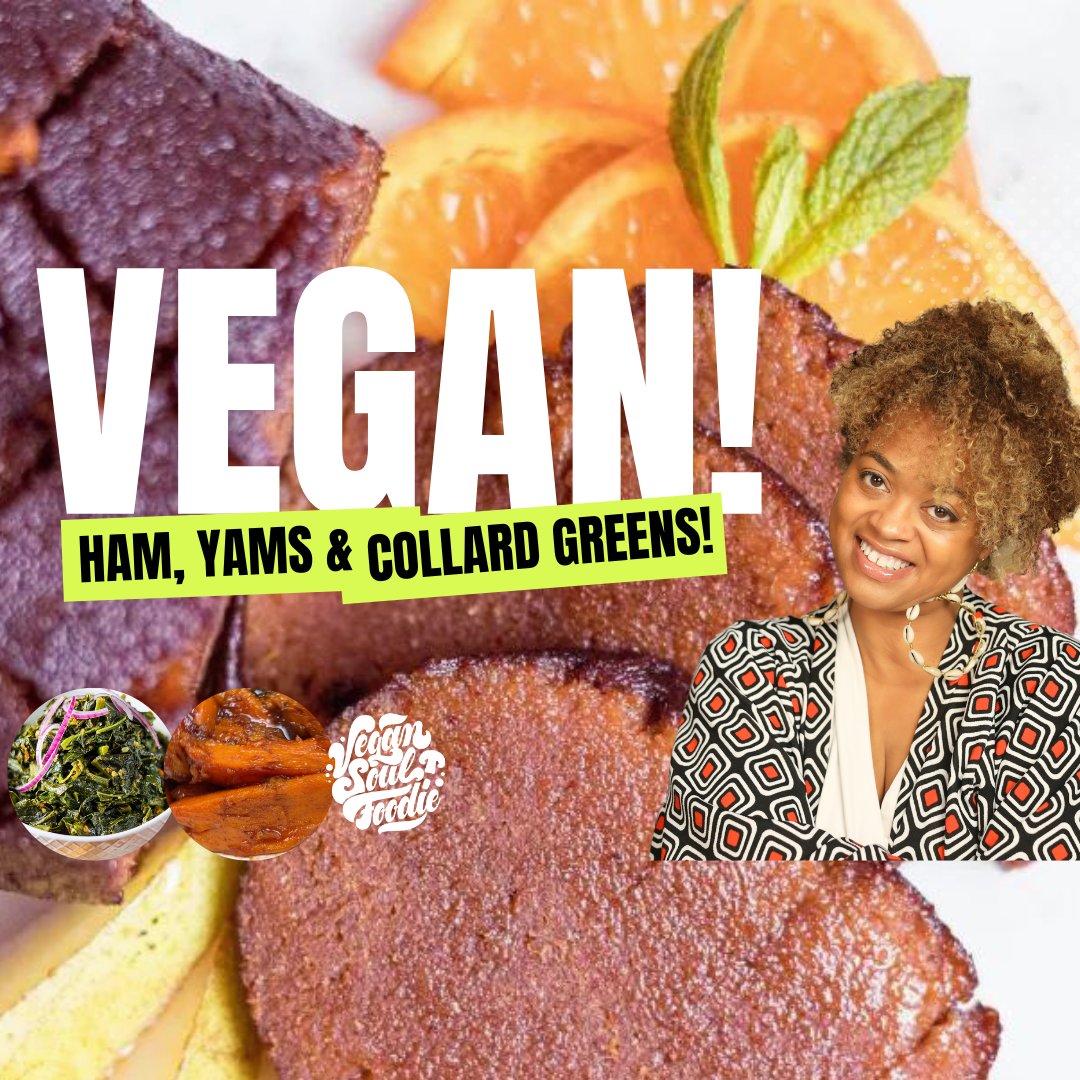10 Ways to Eat Vegan Food for Cheap
One of the concerns that the vegan-curious have is how expensive vegan food is. In my opinion that is not necessarily true, and it does not have to be expensive. The key to maintaining a budget and saving money on a vegan diet is where you shop and what you purchase. Let me share with you ten tips to eat delicious vegan food while you save some money as well.
1. Buy in Bulk
Buying in bulk saves money. Dried foods like beans, lentils, nuts, and various whole grains should be purchased in bulk. They have a longer shelf life, so you do not have to purchase them every week or month. These can go for two months and sometimes longer, especially when you have a variety. The key to keep grains, nuts and seeds for up to a year is to refrigerate them. Freezing them will make them last even longer.
2. More produce, less products
The only time I agree when someone says that “vegan food is expensive” is when we’re talking about vegan products. Vegan cheese, meat alternatives, and ice creams are pretty hard on the wallet. That is why most of the time I choose to make my own lentil and chickpea burgers, nut milks and ice-cream. This is not to say I never buy any products at all; I just don’t treat them as essentials, but treats for occasional indulgence.
3. Special Mark-down Section
Always check the marked down section at the supermarket. Most supermarkets tend to mark down “older” stock once new stock arrives, especially produce. These are not necessarily expired, so they put them on clearance at special prices to sell out. Buy these and prepare them the same day. If you have a lot prepare bulk meals, then freeze. If you cannot do that clean, chop, bag and freeze them for later.
4. Produce Giveaways
Some churches and community-based organizations have fresh produce giveaway programs. They are normally first come first serve, so it’s important to check their calendar and know the market dates. Most do not ask questions about your income, but some do. These giveaways are a great way to save on getting produce.
5. Specials and Bargain Discounts
Discount specials come weekly or monthly at most supermarkets. This becomes a great time to save and buy those treats – plant-based burgers, cheese and ice-cream, etc. I do purchase them especially when I can get two or three products for the price of one.
Also, once a week, some supermarkets have “market days,” when fruits and vegetables are marked down or sold as fruit or veg combos at lower prices when bought together. This usually works out cheaper than buying them individually.
6. Seasonal foods
When the seasons change, I always check what produce is in season. This helps me to plan my meals appropriately and of course save money. This is because foods that are in season are usually abundant and therefore cheaper than what is not in season. Produce in season is also more nutritious and at its best taste. The reason for the affordable prices, better tastes, and higher nutritional value is that the produce has a shorter distance to travel to get to you when it’s in season locally.
7. Buy at local vendors and Wholesalers.
I completely love buying at wholesalers. This is where I purchase my grains and legumes in large quantities for a lower amount of money. At the beginning of my vegan journey, I would shop at supermarkets for these things until I was advised to shop at wholesalers. Now I pay the same price for a 1kg pack of lentils I paid for 500g at an ordinary supermarket.
8. Sign up for benefit cards
Singing up for benefit cards at the shops I frequent the most has saved me so much money. How these cards work usually differs from each store. In most cases, card holders have discounts on selected items. The Store keeps a profile of your shopping keeps gives you coupons on items you purchase the most.
At other stores you accumulate points that can be used as cash later, once you’ve accumulated enough points. Rewards programs are a good way to go to save at the register.
9. Use coupons
Some magazines and newspapers have coupons that can be cut out to get a discount at a supermarket for selected items. These usually have a cut off date, so make sure to use them on time.
10. Grow what you can
Start a small garden where you can plant about three to five of the foods you use the most. A herb garden is a good one to start first because they are smaller and easier to maintain. Leafy greens make nice pot plants too. Grow as much as you can, and save big on produce.






